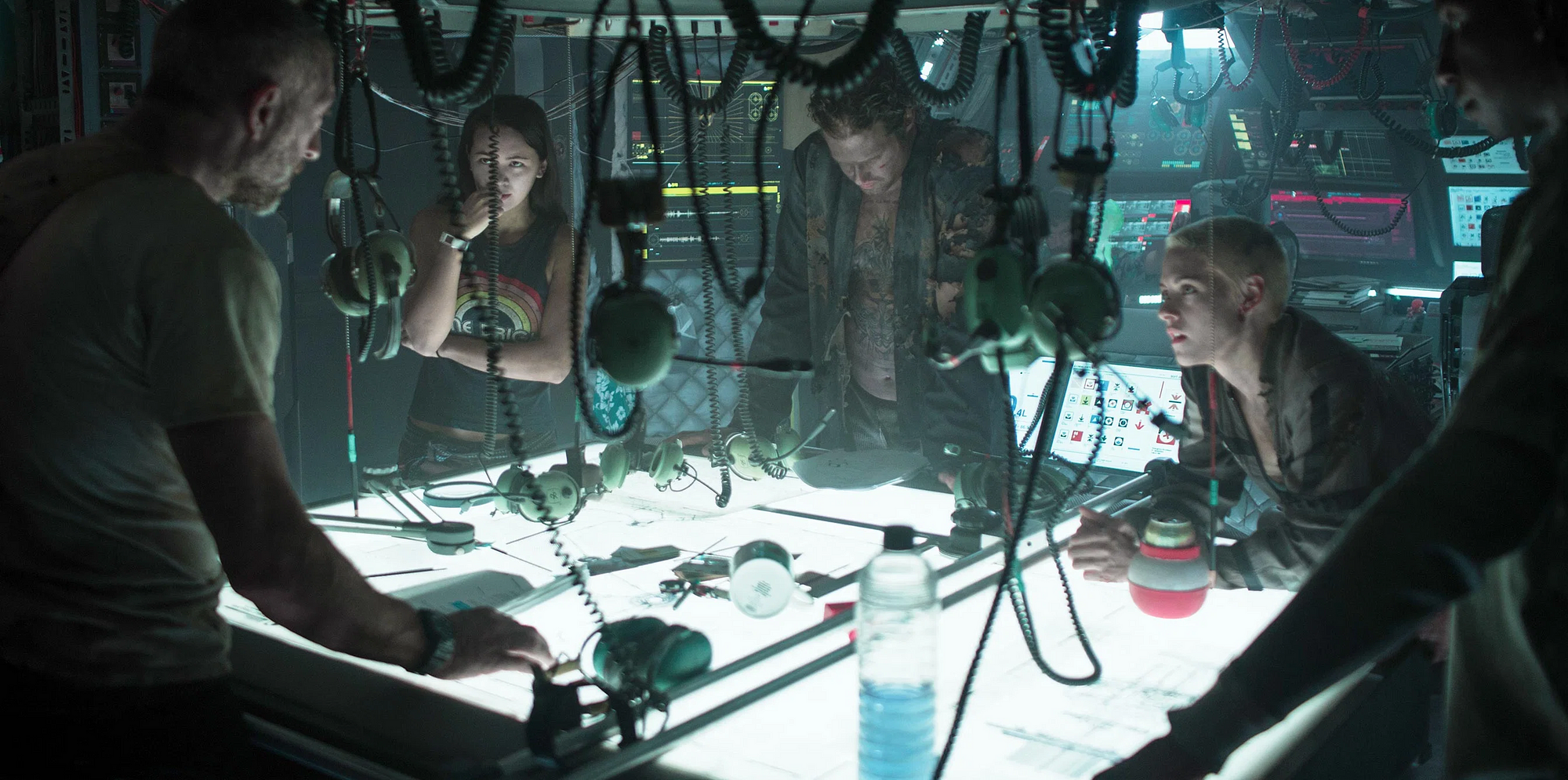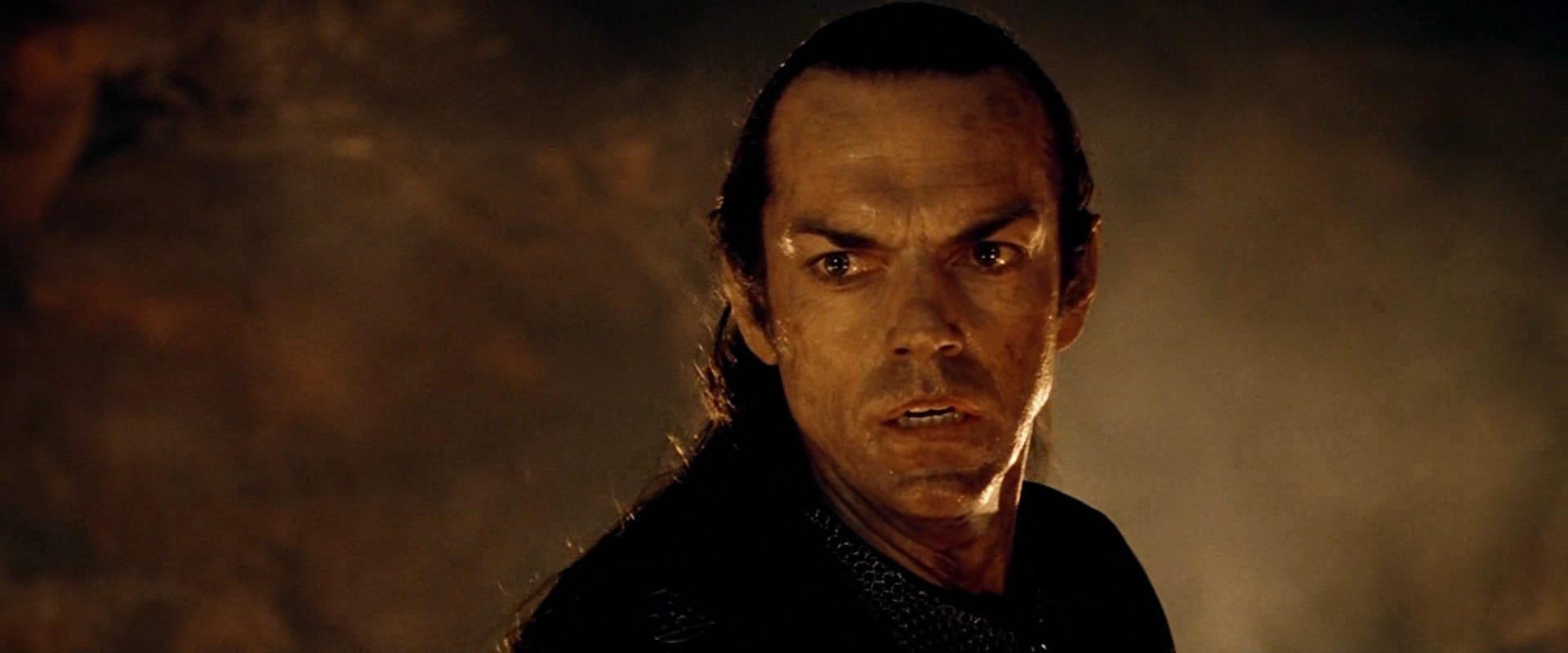Why Jumping Straight Into the Action Doesn’t Always Pay Off

There’s a technique that commonly circulates among writers that boils down to this: Plunge the story straight into action or conflict.
In other words, don’t let the story organically grow. Instead, thrust the reader straight into the plot to hook their interest. Don’t waste time building characters, at least, not right upfront.
But the problem that many writers face is this: If you jump right into the story, how do you effectively communicate tone, setting, themes, and character motivations?
While some novels and movies benefit from jumping headlong into the plot, others suffer.
Underwater is the most recent example of this concept that comes to mind.
I won’t’ go into spoilers regarding Underwater, but sufficeth to say, the film wastes no time before jumping headfirst into the story. While we get some sweeping shots of the story’s setting, there’s no time to learn anything about any of the characters or for the audience to get a feel for the marine underwater station the characters inhabit.
Almost right away, things start to go wrong, and characters are shoehorned into the story and have to start making decisions without us as the audience fully understanding their points of view. We’re left to guess as to why certain characters react to the situation the way that they do.
While this storytelling approach is effective at getting the action moving, if not done correctly, the characterization doesn’t get a chance to flourish.

The other thing that suffers from this approach to storytelling is the film’s themes.
Underwater tries to inject a political message into the story, but ultimately these philosophical tidbits mean absolutely nothing because the writing never takes the time to set up any kind of theme for the story to build off of as a foundation.
Of course, the proper way to do character and thematic setup is perfectly demonstrated by films such as Jurassic Park.
And in the case of Jurassic Park, it managed to do both things. It jumped right into the action to get the audience hooked, but then it slowed things way down to focus on the thematic elements and the characters.
In fact, for the first half of the movie, the pacing is almost glacial.
And yet, it’s also exciting.
But why?
It comes down to this. Jurassic Park starts with an injection of horror and action, but this short introduction doesn’t directly involve the main characters.
They get introduced later.
This method allows the story to start with a bang to get the audience hooked, but then it allows time to introduce the foundational pieces of the film that gives the story meaning and purpose.
If Jurassic Park followed Underwater’s template, then we would be thrust straight into the scene where the Tyrannosaurus escapes and starts eating people.
https://miro.medium.com/max/1400/0*7zJ2P8fNN5kvcMBr
We would have never learned about Dr. Grant’s views on children or Malcolm’s obsession with Chaos Theory, to name a few. While many themes underpin Jurassic Park, these two, in particular, are the foundation of the film’s philosophies that give structure and meaning to the story.
Grant learns that there’s more to life than digging up the past, and the idea of Chaos Theory helps to explain why nature can’t be fully contained.
But since we’re given time to explore these characters and ideas, the story fundamentally makes sense, and the motivations for the characters help propel the story forward.
The Fellowship of the Ring likewise used this style of storytelling to great effect.
Before introducing us to the calm and meandering life of the Shire, we’re introduced to Middle Earth by Galadriel. We’re then shown an epic war between the forces of good and evil.
Right away, we’re hooked, and we want to learn more. But then the film slows down, and we get a chance to dive into the meat of the story that made everyone fall in love with the characters.

Underwater tries to make up for this lack of depth by having an unnecessary voiceover at the beginning and end of the film. With this method, the writers must have felt that they could inject enough character into the story with this alone, but whatever the reason being, it feels cheap and tacked on.
It’s almost as if the writers never heard of, “Show, don’t tell.”
Don’t just straight up tell the audience what characters are thinking.
Allow characters to disagree and explore ideas.
In Jurassic Park, everyone had different motivations, and they disagreed with each other on fundamental levels. And yet, they found ways to work together to survive in spite of said differences.
Ultimately, I actually quite liked Underwater, even with my misgivings that I’ve already mentioned. But the thing that separates Underwater from the likes of Jurassic Park is that the latter film had a purpose.
It had something to say.
Underwater said a few things, but the words didn’t mean anything.
The characters did things, but we never really understood why. At least, not entirely, anyway.
So while Underwater was enjoyable, it was extremely forgettable. I love science fiction disaster stories, so I appreciated Underwater for the things it got right. Still, I think many modern filmmakers are so focused on “hooking” the audience that they forget to slow the story down and allow the characters and themes to live and breathe.





